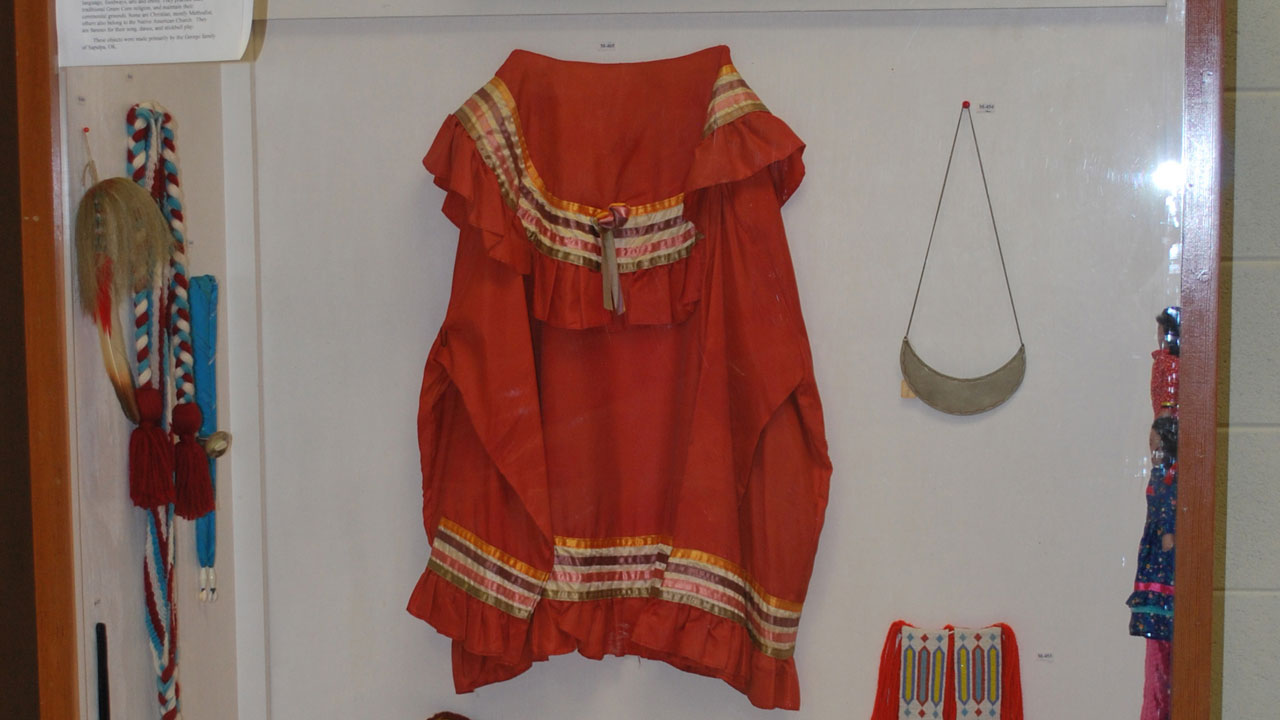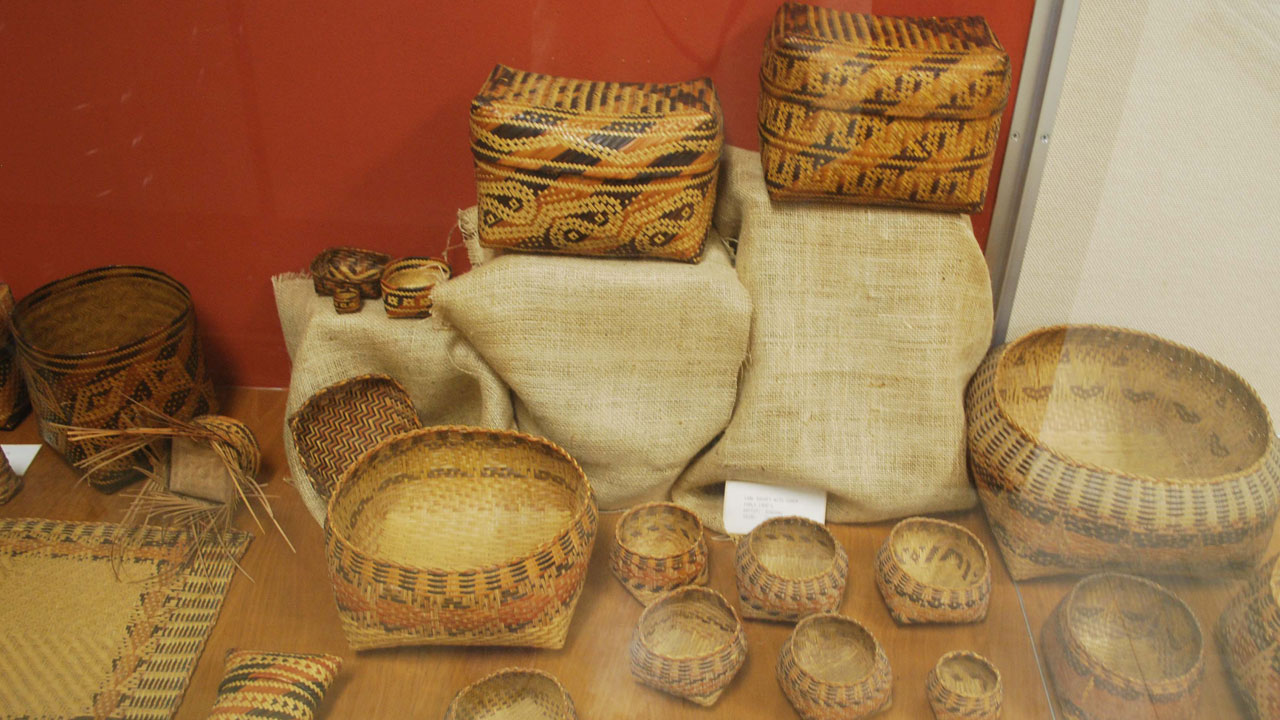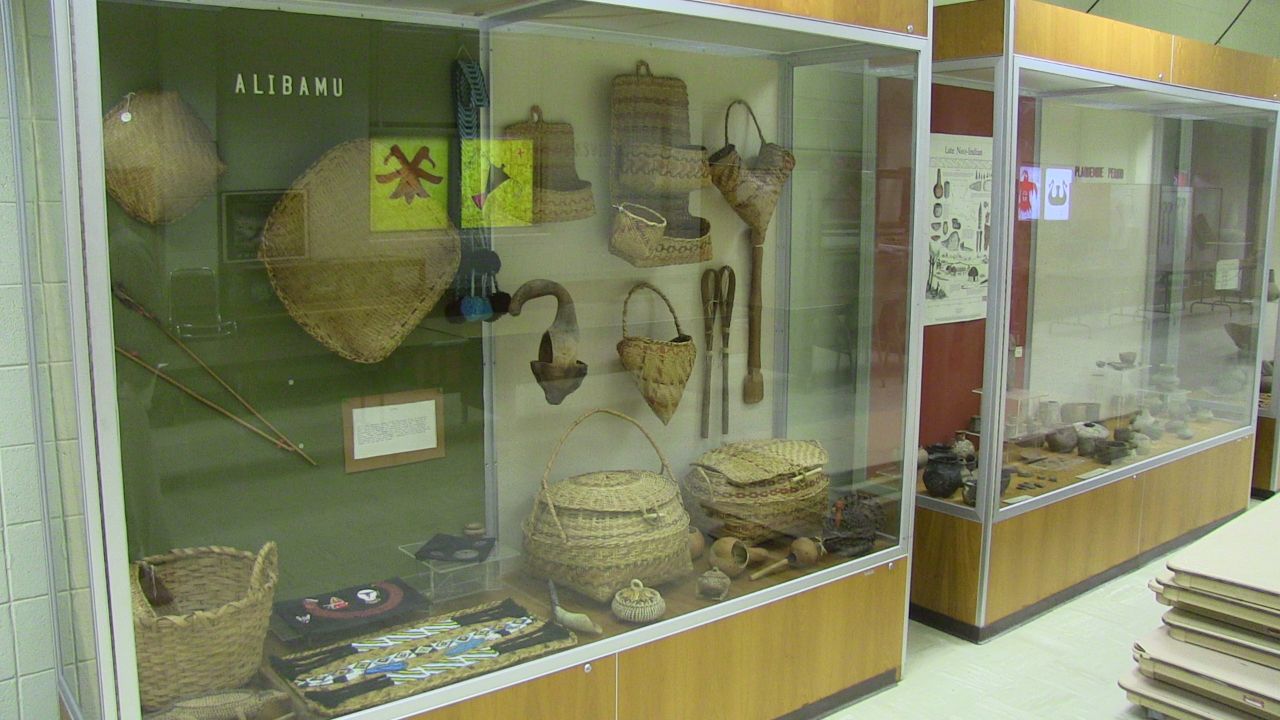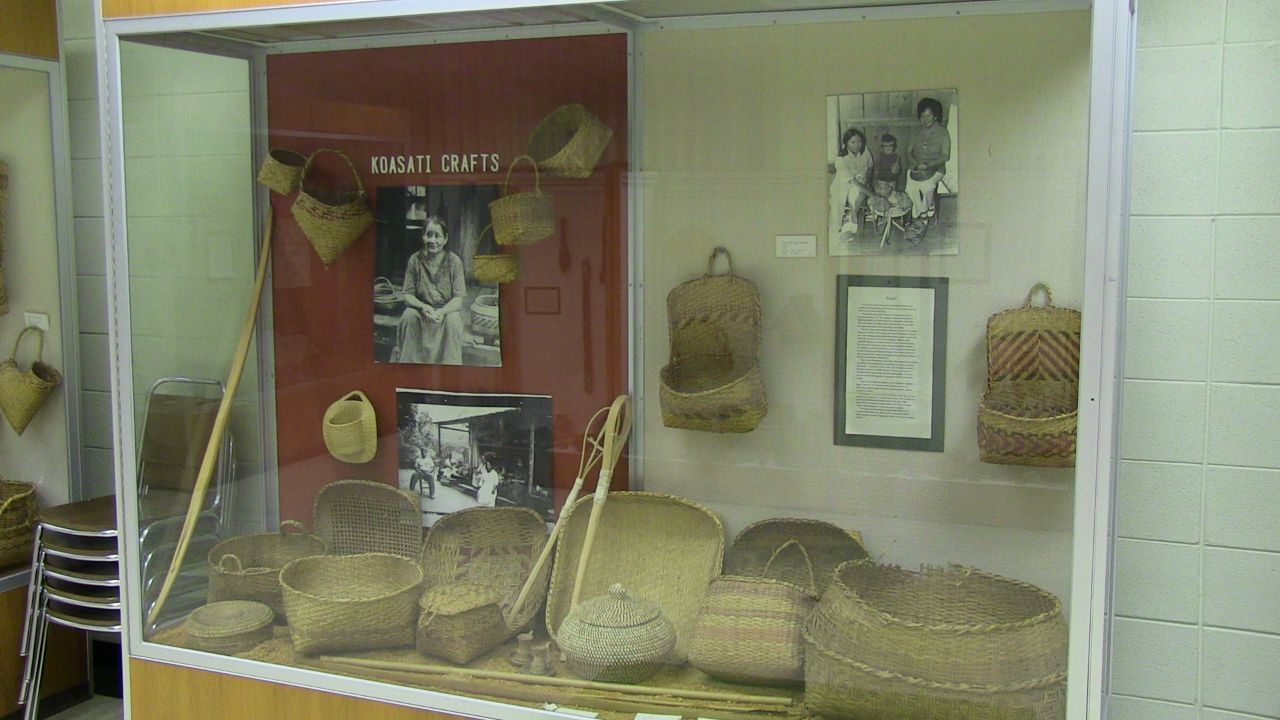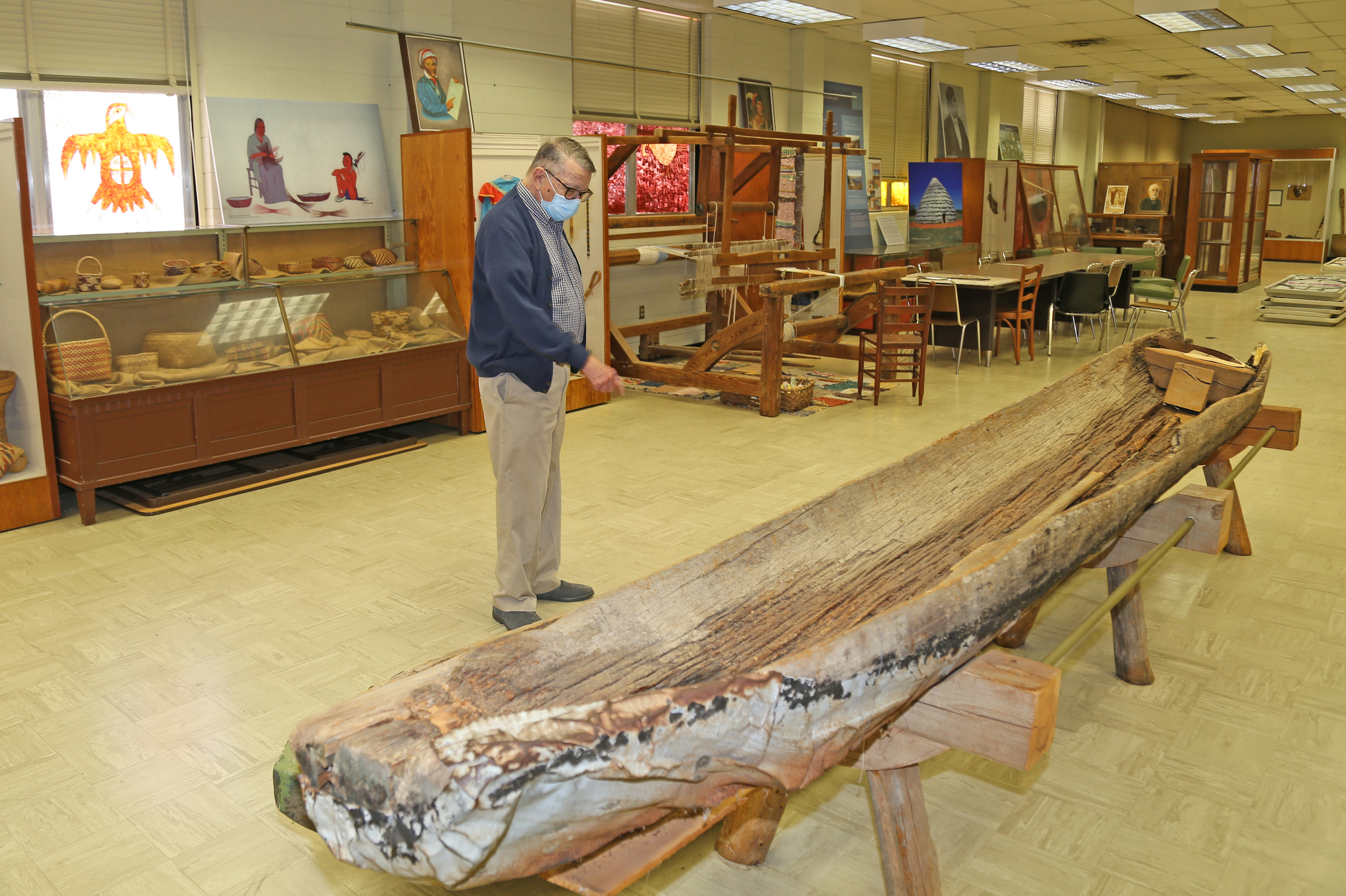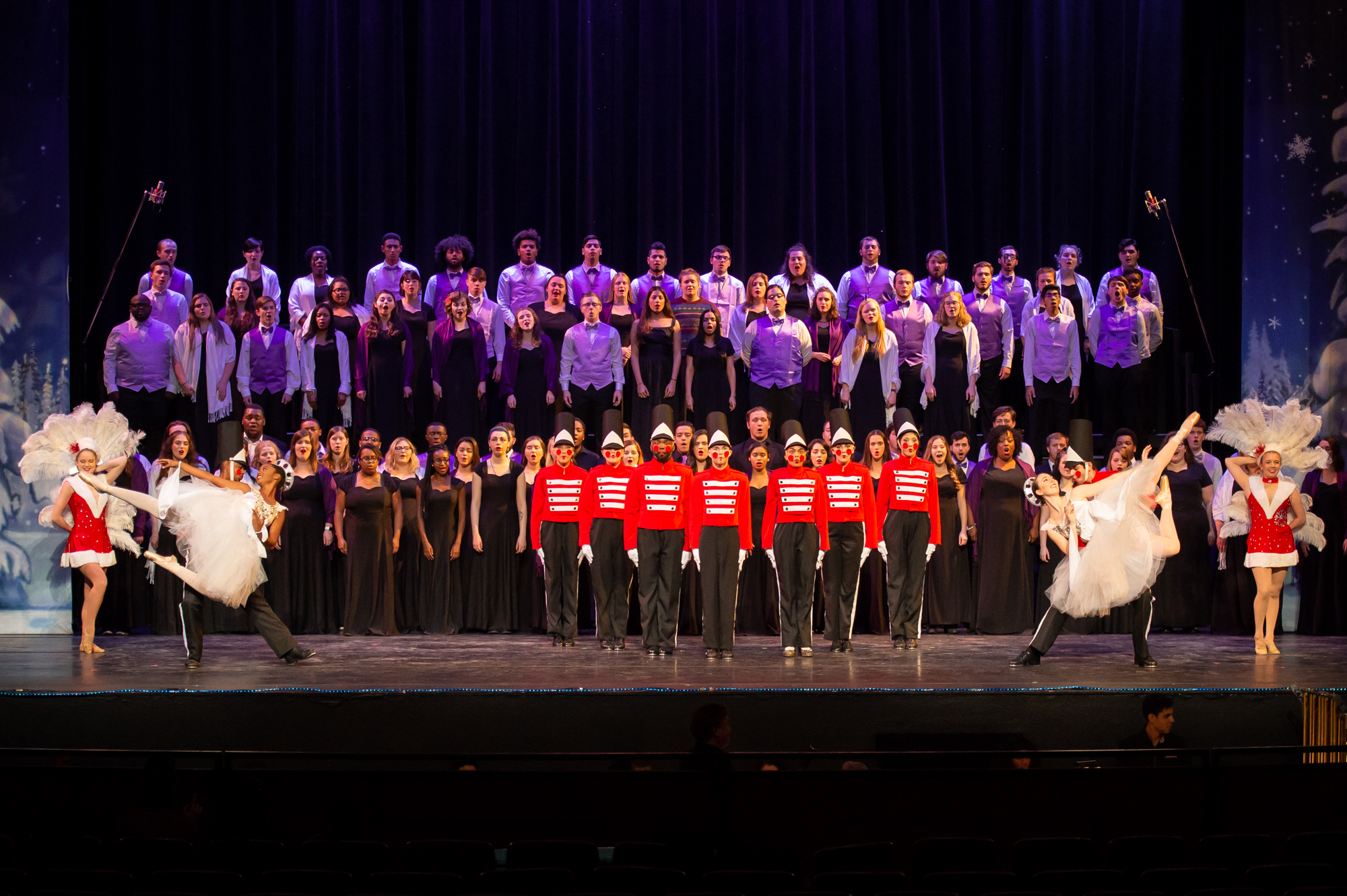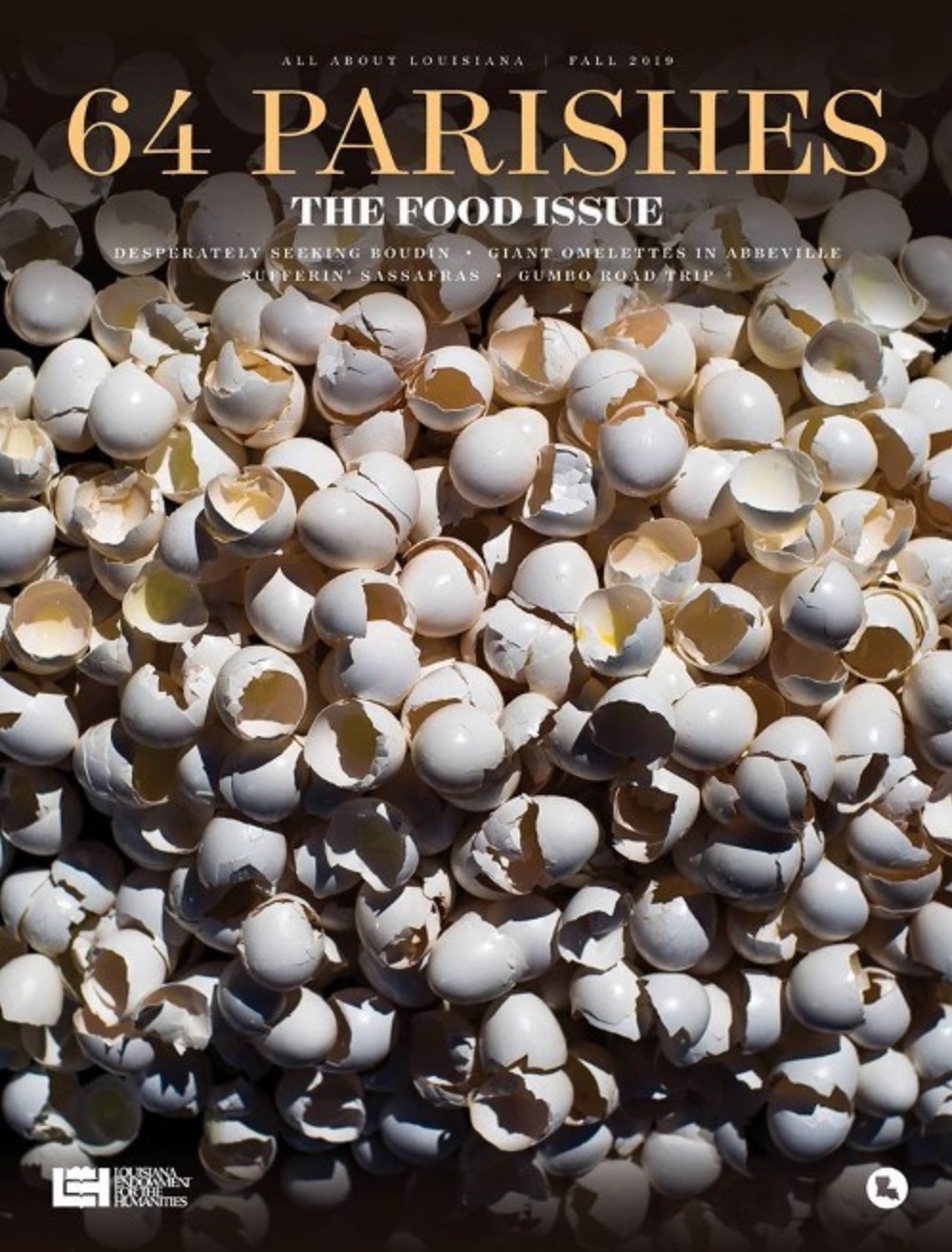Welcome to the Williamson Museum!
Mission Statement
The Williamson Museum, a century old, seeks to inform the public and the Northwestern State University of Louisiana community about the pre- and post-contact history and present cultures of Louisiana. Located on the homelands of the Caddo and their neighboring tribes, the museum has a special obligation to Native American communities. It helps to preserve culture and seeks to aid Native American communities in informing people about their presence and their contributions to Louisiana and North America.
The museum also strives to preserve and educate about the wider spectrum of Louisiana’s rich culture, past and present. French, Creole, Hispanic and Anglo-American cultural developments are also represented in the collections and exhibits, with an emphasis on colonial French and Spanish archaeology in the Spanish Borderlands.
Further, the museum has educational obligations to teach and further the academic goals of anthropology (including archaeology and ethnology) in training students to conduct research. Those disciplines serve the University objectives of achieving cultural diversity and inclusion for all people. Exhibits, lectures, special events, and research enrich the functions of the museum. The museum serves as a repository for archaeological materials from north and central Louisiana that have been recovered from state and federal projects. It also curates collections for Native American governments that fall under the Native American Graves Protection and Repatriation Act.
The Tribal Partners
(Credit: NSU ARGO Lab)
The Williamson Museum curates collections from a number of American Indian Tribes/Nations. The affiliated tribes are shown here. The image below links to an an interactive map where you can select the tribe/nation for more details about those groups. Shown are Federally Acknowledged Tribes/Nations. They are presented by their respective tribal Historic Preservation Offices and community advisors on the Williamson Museum Tribal Advisory Board. Each community has the THPO and two representatives from tribal artist and traditionalist. They advise on curation, exhibits and museum activities in general. The Board began in 1974.
Basket Day

 Basket Day is hosted by the university’s anthropology club as a way to show support for American Indian arts and culture. The event is held annually on the first Saturday in December. For over twenty years, this event has provided Louisiana Indians with a viable outlet to keep traditional crafts alive. The Williamson Museum hosts Native American crafts people and artisans in a major sale-show.
Basket Day is hosted by the university’s anthropology club as a way to show support for American Indian arts and culture. The event is held annually on the first Saturday in December. For over twenty years, this event has provided Louisiana Indians with a viable outlet to keep traditional crafts alive. The Williamson Museum hosts Native American crafts people and artisans in a major sale-show.
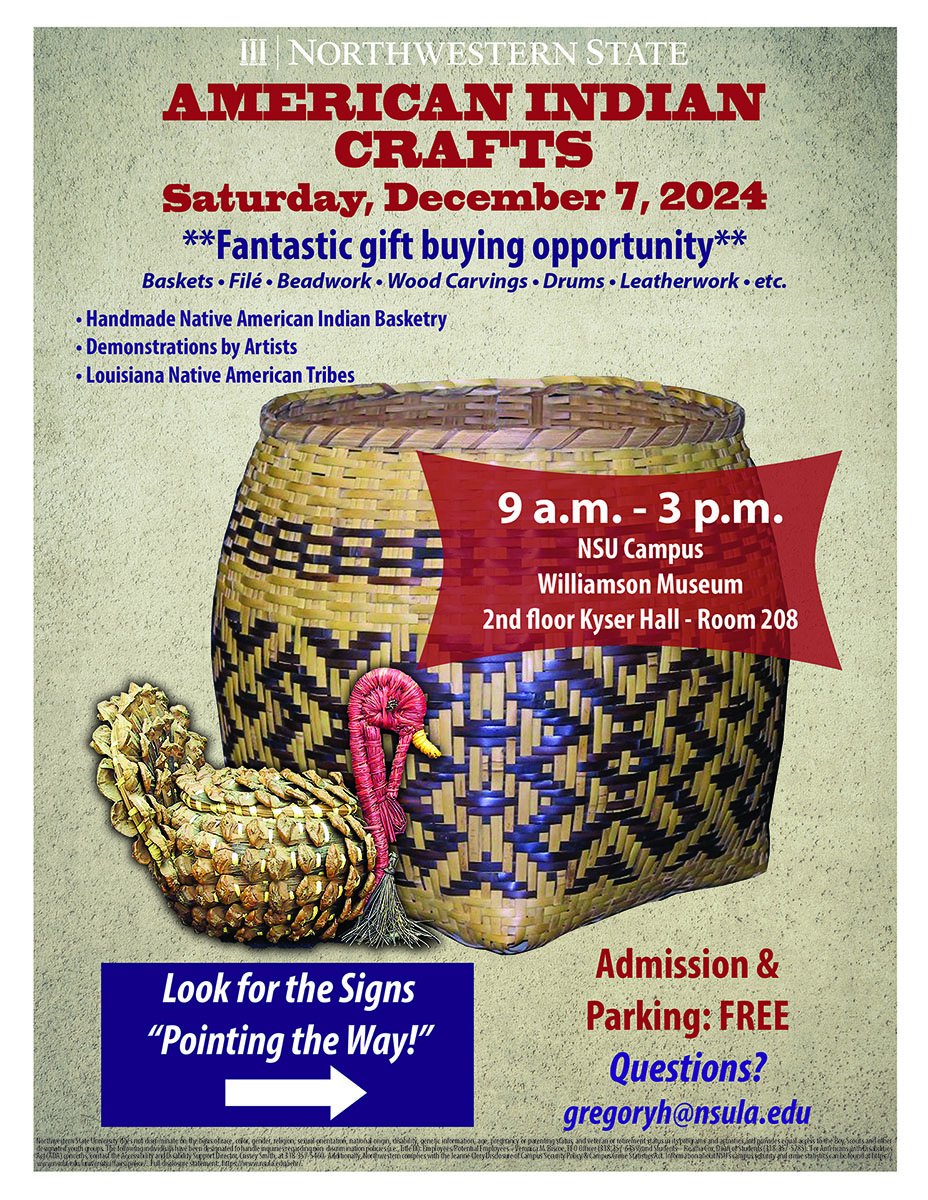
Contact the Museum
The Williamson Museum is located at Northwestern State University of Louisiana, 210 Kyser Hall, 175 Sam Sibley Drive, Natchitoches, Louisiana 71457. For more information or to schedule a group tour, call Dr. H F ‘Pete’ Gregory at (318) 357-4364 or gregoryh@nsula.edu. Visitor parking passes may be obtained at the campus police station.
To access the Museum once in Kyser, take any stairs to the second floor. The museum is located on the south side of the building. One elevator is currently under repair. For those who need elevator access, the elevator on the east side of the building is operational. Please contact Dr. Gregory for further directional assistance.
History of the Museum
The Williamson Museum was established as a museum of natural science in 1923, when it was founded by Professor George Williamson with the donation of his personal collections of archaeological, geological and biological materials. He retired to become the first curator, and the collections were curated and exhibited in Guardia Hall, a major classroom of the Louisiana Normal school.
After the death of Professor Williamson, the collections were retired until the 1950s. Then, as part of Northwestern State College, the museum was opened and a series of exhibits prepared by Dr. George A. Stokes, professor of geography. It remained in Guardia Hall, one of the oldest buildings in the Normal Hill National Historic District. The whole structure was destroyed by a fire in 1965. Very few of the museum contents could be saved.
In 1963, Dr. Hiram Pete Gregory was made curator, and in 1971, the museum reopened in space that had been designed for it in Keyser Hall, at the time a new facility on the campus of Northwestern State University.
The new museum was designed for archaeological and ethnographic collections, with emphasis on the Native American communities of Louisiana and the Southeast. This orientation came to include the colonial (French and Spanish) archaeology of the Louisiana-Texas Borderlands (1713 French, 1723 Spanish).
Concomitantly, the Museum, being located on the homelands of the Caddo Nation and its neighbors, turned significant attention to the Native American cultures of Louisiana. A series of generous legacy collection donations—by Dr. Clarence H. Webb of Shreveport, Louisiana, and Claude Medford, Jr. of Lufkin,Texas and Natchitoches, Louisiana—soon made the museum a widely-known research center. These collections were augmented by research programs in cultural and heritage resources that developed in the Department of Social Science (now the School of Social Sciences and Applied Programs).
A volunteer Native Advisory Board from Louisiana Native American tribes was established in 1974. The board included the Caddo Nation of Oklahoma. The Native American collections expanded with their help, and the museum today contains traditional arts from forty-plus tribes across the South and Oklahoma. The museum curates collections for tribes/nations, including materials that fall under the Native American Graves Protection and Repatriation Act (primarily the archaeological resources of the Caddo Nation). The Williamson Museum is working towards co-management with the Naive American governments of the state and region.
The Williamson Museum also serves as a repository for archaeological collections from regional sites in conjunction with the Louisiana Division of Archaeology and the Louisiana Office of State Parks. These collections cover Native American prehistory to 18th, 19th, 20th, and current century Native American, French, African American, Spanish, and Creole cultures.
Research has broadened the museum’s function and widened the voices of the people represented here. It is a vehicle for Native Americans reconnecting past and present, asserting their contemporary cultures. Archaeological research has extended back to the Ice Age and also intensely focused on the colonial multicultural interactions on the American frontier.
The museum sponsors regional and international research conferences. Research projects have been funded by Native American tribes/nations, the state of Louisiana, the U.S. Department of the Interior, the National Park Service, the U.S. Forest Service, and private donations.
The Williamson Museum remains an integral part of the University, working to meet the goals of diversity and inclusion, by preserving and presenting cultures.
News Articles
Williamson Museum: Preserving history for 100 years, Purple Media Network
NSU professor receives 2019 Lifetime Contribution to the Humanities Award, KALB
Inside the Williamson Museum, Shreveport Times
NSU News Bureau
The Williamson Museum Logo
 Northwestern State University is built on Caddo Country and, because of the long relationship between the Caddo Nation and the Williamson Museum, our logo was chosen from a Caddo design that dates back to at least 1400 A.D. This design has been found on Caddo ceramics across the Caddo homelands in what are now called Arkansas, Louisiana, Oklahoma, and East Texas. This design is used with permission from the Caddo Nation and its Chairman Bobby Gonzales.
Northwestern State University is built on Caddo Country and, because of the long relationship between the Caddo Nation and the Williamson Museum, our logo was chosen from a Caddo design that dates back to at least 1400 A.D. This design has been found on Caddo ceramics across the Caddo homelands in what are now called Arkansas, Louisiana, Oklahoma, and East Texas. This design is used with permission from the Caddo Nation and its Chairman Bobby Gonzales.
We are honored to link the Museum to the Caddo Nation with this celestial symbol. In the spirit of unity between past and present, the University and Native peoples, we have selected this symbol of unity. To learn more about the Caddo Nation, go to https://mycaddonation.com.






